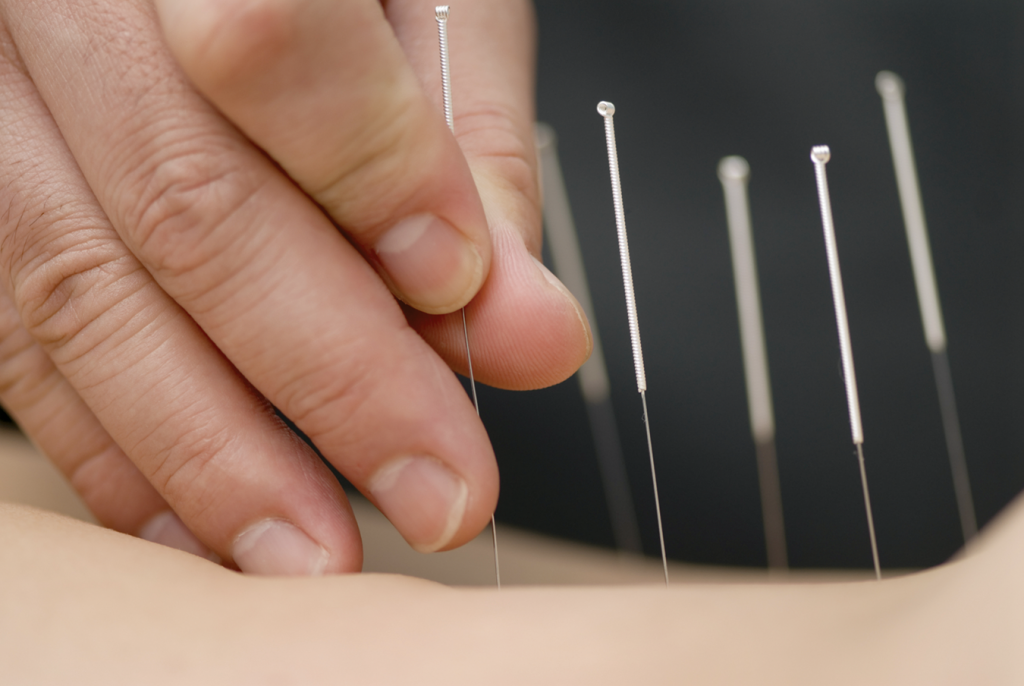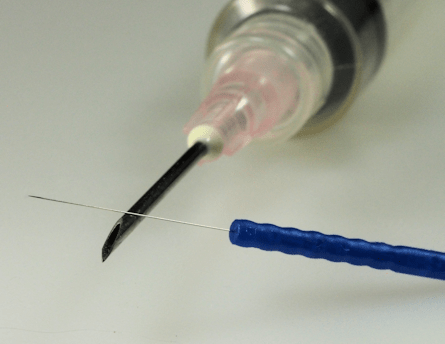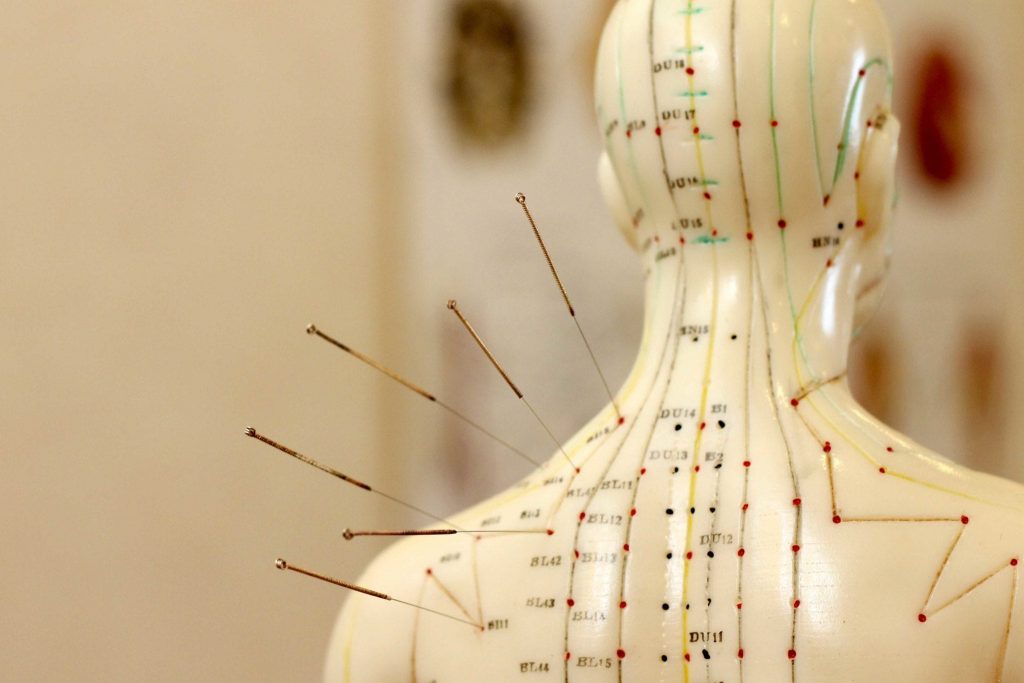
What is Acupuncture?
Several thousand years ago, East Asian practitioners discovered that the body forms disharmonies as a result of the various physical and mental stresses of life. Oriental medical theory explains these disharmonies as an imbalance of opposing forces called yin and yang.
This imbalance disrupts the movement of the body’s vital energy (qi) along the meridian pathways, which are channels through which the body’s energy is thought to flow.
Acupuncture restores the smooth flow of qi. By inserting and manipulating hair-thin needles at specific points, Acupuncture returns the body to its natural balance and promote the body’s ability to heal itself.

Acupuncture uses small sterilized-disposable needles which cause a rise in endorphins, vasodilation of blood vessels, and balances energy along the meridian systems. As a result, pain and discomfort is reduced and tissues heal.
Acupuncture is often an effective therapy for other chronic and painful debilitating disorders which have no clear explanation or origin.
Acupuncture works by applying a thin needle to an acupuncture point located along the meridian – a channel like structure. Each of 14 meridians controls a set of physiological functions of corresponding internal organs throughout the body.

Acupuncture achieves its effect by regulating “Qi” movement in the meridian. “Qi” is a conceptual energy substance that travels in the meridians to influence the functions of internal organs.
Disruption of Qi movement and abnormally high and low of Qi are used to explain the symptoms or diseases.
Similarly, by up-regulating or down-regulating the functions of internal organs through “Qi”, acupuncture achieves its therapeutic aims and correct the imbalance.
Acupuncture returns the body to its
natural state of balance and harmony.